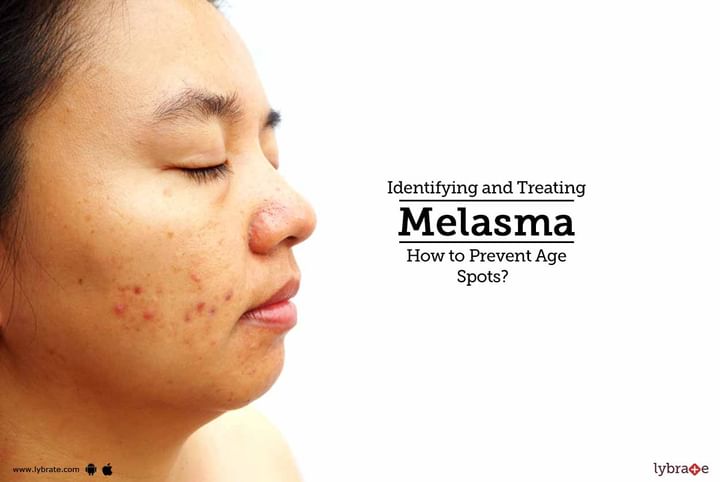Identifying and Treating Melasma - How to Prevent Age Spots?
Flat, grey, brown or black spots which usually occur on the sun exposed areas of the human skin are called Age spots. They are also termed as senile lentigo, liver spots, solar lentigines or sun spots.
Serious conditions of age spots include:
- Moles
- A malignant skin cancer condition called melanoma.
- A type of skin cancer condition called lentigo maligna.
- A non-cancerous skin growth called keratosis.
Noticeable characteristics of age spots that are identifiable include:
- 1. Darkened pigmentation
- 2. Irregularity in border
- 3. Combination in colours
- 4. Size increase over a short period
- 5. Bleeding, itching, redness or tenderness
Diagnosis-
The procedure for diagnosing is usually performed by dermatologists. If the doctor has any serious concern about the skin, a skin biopsy might be needed which would require the doctor to analyse a small sample of the skin. A local anaesthetic would be applied and a small portion of the skin would be cut away. Examination of the sample would be performed in the lab in order to determine whether there is a possibility of a condition other than solar lentiginosis.
Treatment-
Treatment is not usually required as age spots are harmless. However, for cosmetic purposes, people choose to treat the age spots. Some of the treatments include:
- Prescription of bleaching creams, often coupled with retinoid creams and steroids are used to lighten age spots.
- Dermabrasion is performed using a rotating brush to remove its surface layers and scour the skin. Redness and scabbing might be felt.
- Cryotherapy is performed where liquid nitrogen is used to freeze the skin of the age spot which in turn destroys the dark colour produced by the melanin. There is a possibility of scarring during this procedure.
In case you have a concern or query you can always consult an expert & get answers to your questions!



+1.svg)
